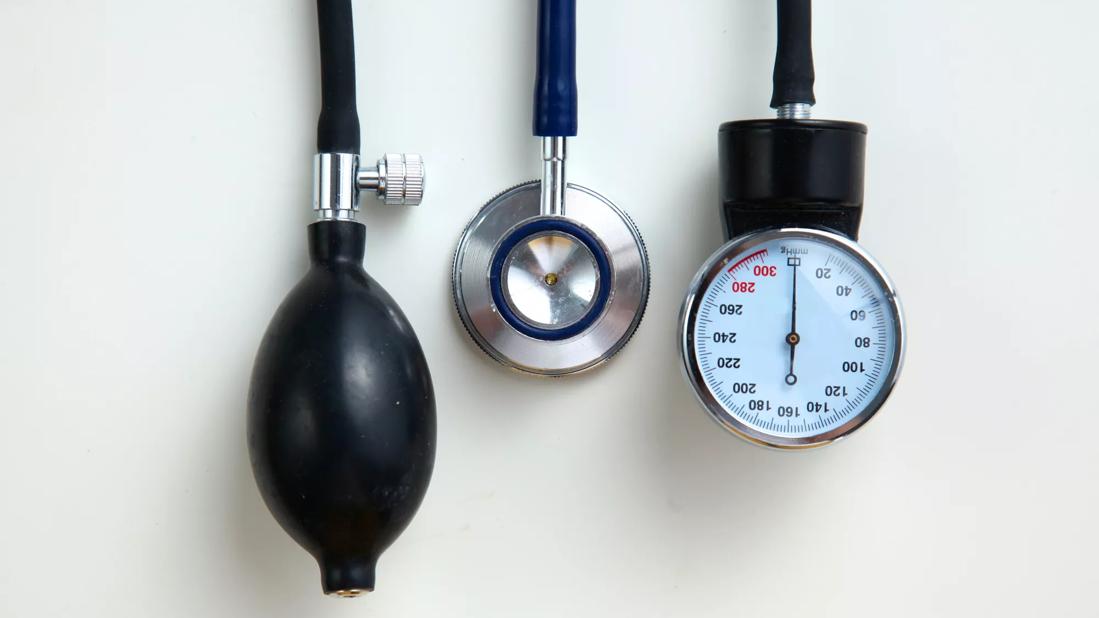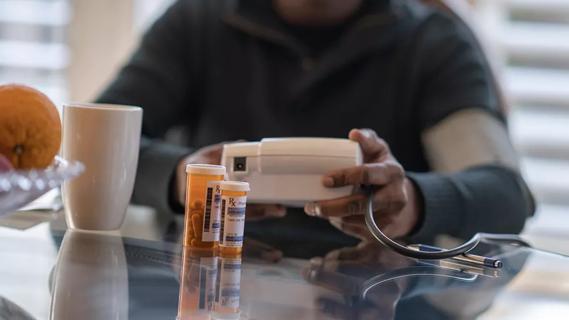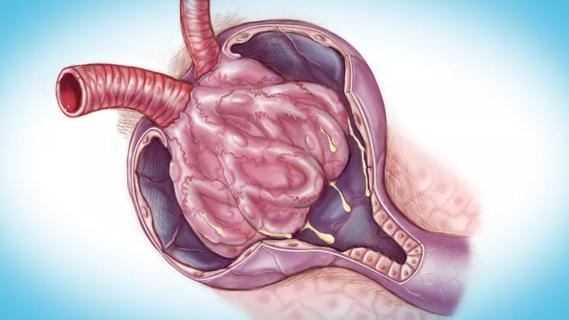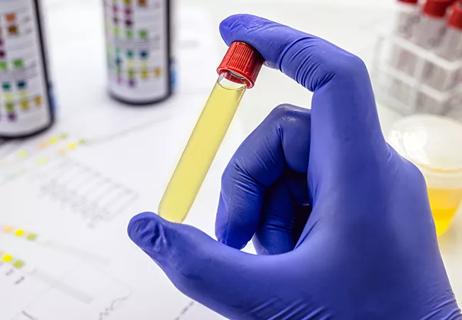Clinical implications for key updates published in the KDIGO 2021 Clinical Practice Guideline

Updated recommendations in managing blood pressure (BP) in chronic kidney disease (CKD), the first in nearly a decade, have sparked discussion about how this translates to clinical practice.
Advertisement
Cleveland Clinic is a non-profit academic medical center. Advertising on our site helps support our mission. We do not endorse non-Cleveland Clinic products or services. Policy
Cleveland Clinic nephrologists George Thomas, MD, and Crystal Gadegbeku, MD, Chair of the Department of Nephrology and Hypertension, elaborate on new efforts to standardize blood pressure for patients with CKD in an editorial recently published in the Annals of Internal Medicine.
The KDIGO (Kidney Disease: Improving Global Outcomes) Clinical Practice Guideline for the Management of Blood Pressure in Chronic Kidney Disease outlines new recommendations, some of which address standardizing BP measurements and decreasing the BP goal.
“For context,” explains Dr. Thomas, “BP measurement was not emphasized in the prior 2012 KDIGO guidelines. There used to be an assumption that all providers were obtaining BP measurements in the recommended way, but this is not the case. There is a new awareness of this now and a focus on moving toward a recommended standardized approach.”
The American Heart Association (AHA) also endorses this strategy to manage hypertension.
Inaccurate measurements can lead to disease mismanagement and hinder efforts to achieve more ambitious target BP goals.
“Patients and providers can benefit equally from an apples-to-apples approach to obtaining a BP measurements, and these updated recommendations move this conversation to the forefront,” says Dr. Thomas.
The KDIGO guidelines provide a comprehensive approach to proper BP evaluation in patients with CKD, but broader adoption requires appropriate education and training for both clinical teams and patients, the physicians say. Automated oscillometric BP devices with programmable features may help facilitate standardization and collection of multiple BP readings in the office.
Advertisement
They also note the importance of implementing out-of-office BP monitoring as an adjunct to in-office monitoring to mitigate the “white coat effect,” which can lead to artifactual readings.
Per the 2021 KDIGO guidelines, a goal systolic BP for patients with CKD using a standardized BP measurement should be less than 120 mm Hg. The condition of this more conservative target, says Dr. Thomas, is that the measurement must be taken properly.
Notably, the new target also represents a shift from the 2017 AHA guidelines, which recommend a target BP of less than 130 mm Hg.
The KDIGO recommendation of BP < 120 mm Hg, they note, is based on findings from SPRINT (Systolic Blood Pressure Intervention Trial), with one caveat: target BPs among CKD subgroups, specifically patients with diabetes, advanced CKD or heavy proteinuria, are not well-defined.
“The KDIGO guidelines extrapolate the findings from the SPRINT study, which include only a subset of CKD patients; therefore, it’s prudent to use the updated guideline judiciously in practice, not as a blanket approach,” he says.
The guidelines also reinforce the treatment paradigm in patients with CKD, which often includes the use of renin-angiotensin system inhibitors, which are well-supported in the literature.
However, there is still “room for improvement,” the authors say, noting some hesitation among providers about using these medications because of potential risks associated with AKI and hyperkalemia, although close patient monitoring, dietary counseling and potassium binders can help support the safe use of this therapy.
Advertisement
“Managing BP in CKD patients is inherently complex; it requires multiple medications and, very likely, escalation of treatment to achieve an ideal BP. Additionally, there is limited guidance on add-on or combination therapies or lifestyle modifications,” says Dr. Thomas. But there is reason to be hopeful about the future of care for these patients.
Although not mentioned in the guidelines, novel therapies, including mineralocorticoid antagonists and sodium–glucose cotransporter-2 inhibitors, are on the horizon. And the growing consensus about standardization of BP measurements, applicable to a wide range of clinicians, represents a practical and immediate first step in shifting practice.
Advertisement
Advertisement

Proteinuria reduction remains the most important treatment target.

IgA nephropathy is a relatively common autoimmune glomerular disease that can be diagnosed only by biopsy

Authors summarize the recent evidence and offer two clinical scenarios

Key considerations when diagnosing and managing severe hyponatremia

Clinicians should individualize dosing practices based on patient risk factors and preferences

Fully-automated process uses preop CT, baseline GFR to estimate post-nephrectomy renal function

Getting patients to their goal blood pressure

Study highlights benefits of nephrologist-led urine sediment analysis